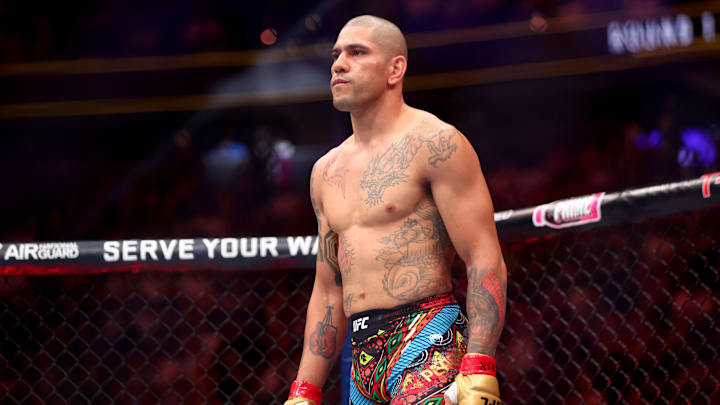Men have competed in combat sports without a top garment for as long as it has existed. From the Pankration wrestlers of Ancient Greece to modern-day UFC fighters, fighters going shirtless is a longstanding tradition that no spectator finds out-of-the-ordinary, even though the practice is unique to MMA. In most other sports that are not played in the water, both men and women participate fully clothed.
There are several practical and cultural reasons why MMA fighters do not wear shirts or t-shirts in a fight, be it in UFC or any other promotion. But more importantly, it is strictly prohibited as per the Unified Rules of Mixed Martial Arts set down by the Association of Boxing Commissions and Combative Sports.
What does the Unified Rules of MMA say about fighters wearing shirts?
The current guidelines, last amended on Aug. 1, 2023, clearly state under the "Cage/Ring Attire" subsection, "Male contestants shall not wear any form of clothing on their upper body." Female competitors are allowed to wear a sports bra or a short-sleeved (above the elbow) or sleeveless, form-fitting rash guard. Neither gender is allowed to wear any loose-fitting tops or t-shirts.
The requirement for bottom covering is the same for both. Men and women are expected to wear appropriate trunks, with male competitors mandatorily wearing groin protection. "The hem of the trunks may not extend below the knee," the rules say. Mouthpiece, hand tape, and gloves are also compulsory.
Other than the aforementioned objects, no other garments, protective or otherwise, are allowed inside the cage. This includes joint sleeves, padding, or braces. However, a fighter can use a soft neoprene-type sleeve to cover knee or ankle joints. The sleeve must not have any velcro, plastic, metal, or other materials banned inside the cage. Shoes are also not allowed.
Reasons behind the no-shirt rule
The reasons behind the rule of MMA fighters not wearing shirts are rooted in both practical and cultural considerations.
Fair play
Shirts and t-shirts can give fighters unfair advantages or disadvantages. Body contact is a critical aspect of MMA and fighters often rely on grip and hold techniques for takedowns and submissions. A fighter might use a shirt to control their opponent more easily, potentially leading to an uneven playing field.
Injury risks and safety concerns
Shirts can lead to accidental injuries inside the cage. The fabric can get tangled in fingers, limbs, or even neck during grappling or striking exchanges and can cause mild to severe injuries, some of which may even be fatal to the fighters' careers.
Distractions
Clothes can tear in an intense fight. This would either further increase the risk of injuries or cause an unnecessary pause in the action, compromising the flow of the fight. It could also lead to unfair stoppages, and we do not want to give the fans any more reasons to yell "robbery" than they already have.
Visual clarity
MMA judges can see a fight better if the fighters are shirtless. Clothing would obstruct the view of the action and jeopardize the assessment of techniques and outcomes.
Tradition and visual appeal
On top of all the practical reasons, it is also a better idea from a marketing perspective to have the fighters shirtless as that has been the case historically. The practice is tied to the roots of combat sports and is synonymous with it. By adhering to this tradition, fighters are honoring the history of mixed martial arts, in a way.
